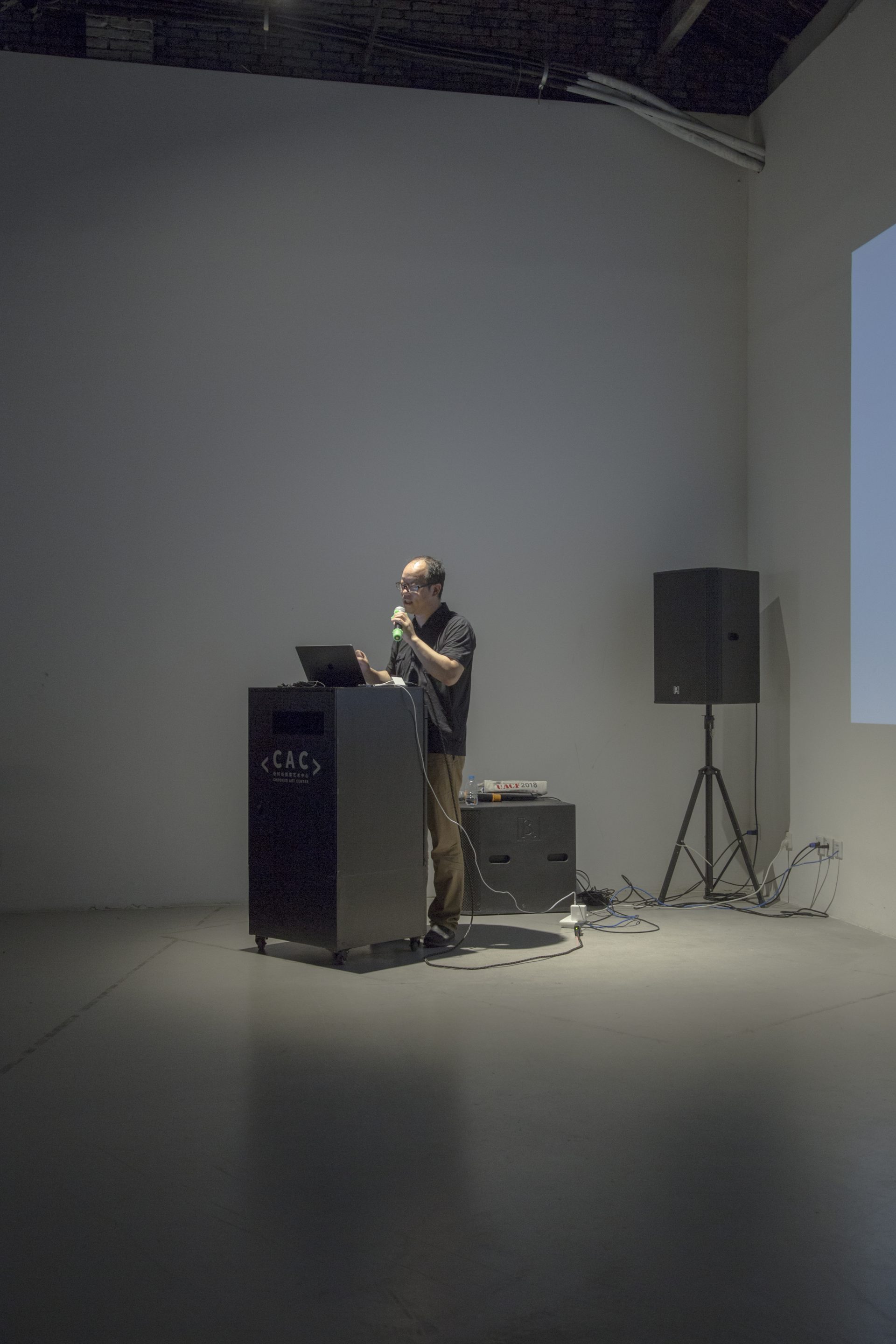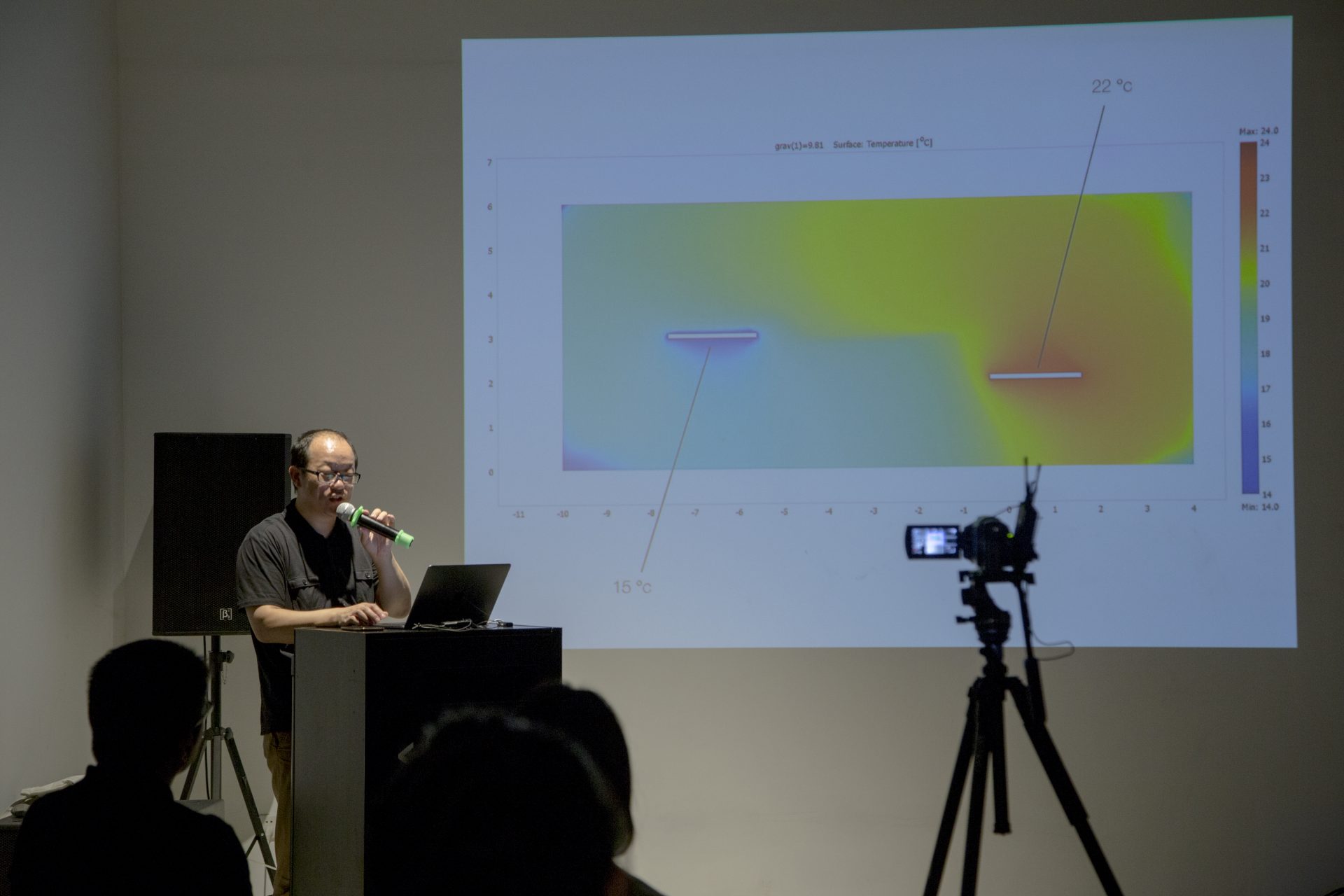CAC·Lecture | Fuller, Thermodynamics and Architecture of Techno-Society
Date:
16.09.2018 Sunday
Time:
13:00-15:00
Language:
Chinese
Venue:
Chronus Art Center (BLDG.18, NO.50 Moganshan RD., Putuo District, Shanghai)
This lecture intends to explore the dynamics informing the co-evolution between architecture, technology, and society by looking into selected historical trajectories and examples. From there, we will consider what perspectives or insights may emerge from an interdisciplinary investigation into nature, environment, and thermodynamics. We will also discuss some of the new thought and practice in contemporary architecture and design that takes into account the complex system of building and its environment.
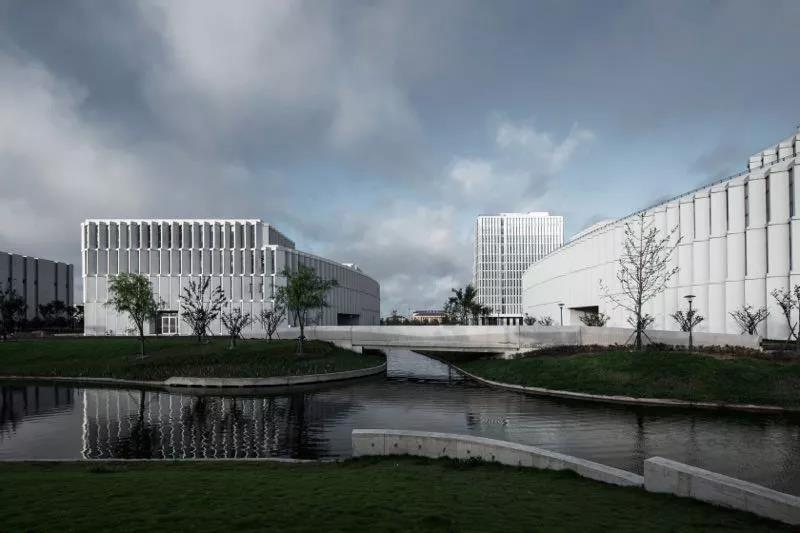
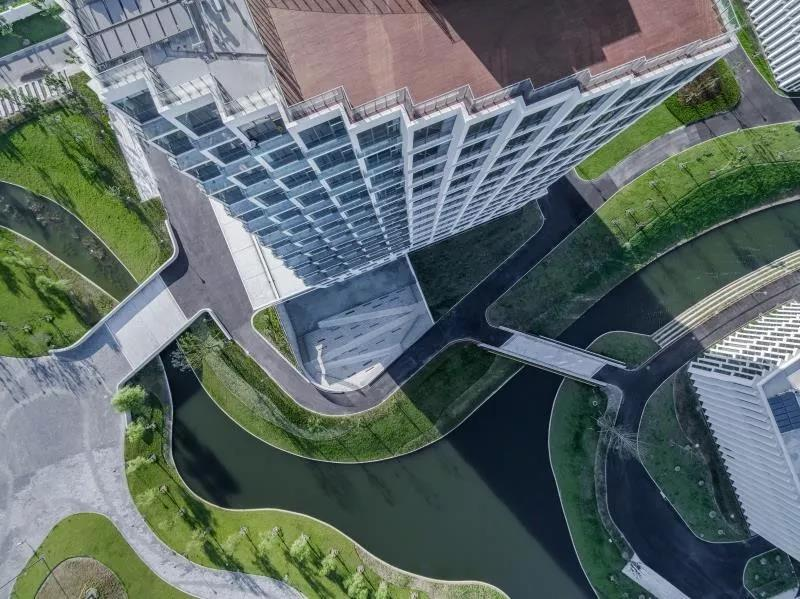
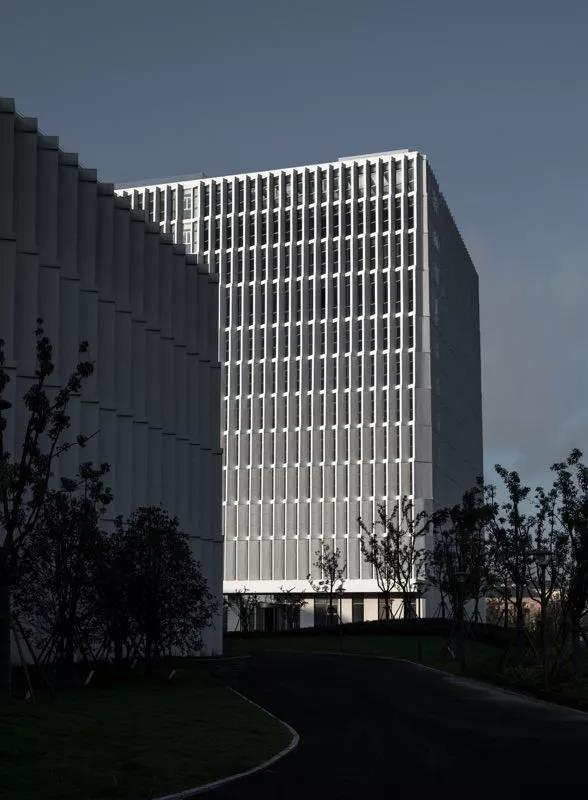

崇明体育训练基地1-3号楼 ©️麟和建筑工作室 ATELIER L+
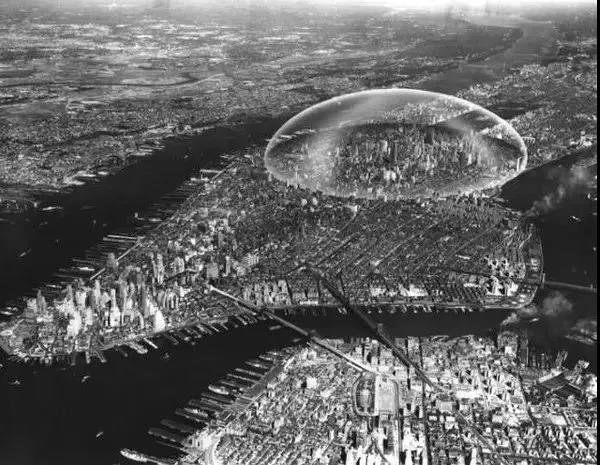
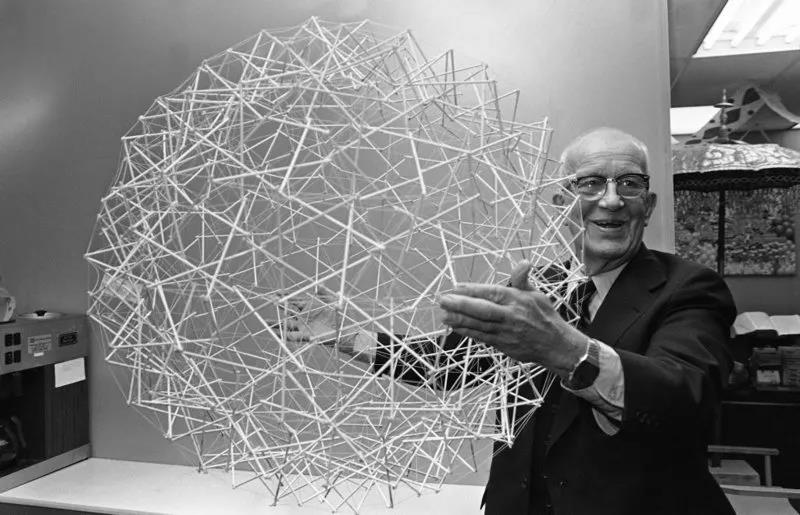
图片来自网络
*理查德·巴克敏斯特·富勒(Richard Buckminster Fuller)的标志性穹顶建筑以热力学为基础,达到减少能量(包括物能)消耗的目的,实现 “以最小限获得最大限 (Dymaxion)”。

LI Linxue
Professor LI Linxue is a PhD Supervisor at College of Architecture and Urban Planning of Tongji University,the principal architect of ATELIER L+,the head of SOCIOECO LAB, a special columnist for Time + Architecture. LI is part of the bajun group of middle-career Tongji architects and was a visiting scholar at Graduate School of Design at Harvard University in 2014. In 2000, he was selected by the Presidential Program “50 ARCHITECTES EN FRANCE” and studied at the Ecole d’Architecture, Paris-Belleville.
LI centers his architectural teaching, research, practice and international exchange within a clear theoretical foundation, in order to integrate knowledge production and the practical aspects of architectural building. His main fields of research include thermodynamic ecological architecture, public architectural conglomerates, and cutting-edge contemporary architectural practice. LI Linxue has served as the lead architect for many influential projects including the Civic Center of Hangzhou, which was nominated for the Best Tall Building of the Asia & Australasia Region from CTBUH (2013); Hall B-3 in the Urban Best Practice Area of EXPO 2010 in Shanghai, China; the Sichuan International Tennis Center; the China Commerce and Trade Museum; and Henan Science & Technology Museum, among others. He received the Young Architect Award in 2006 from the Architectural Society of China, the Shanghai Young Architect Rookie Award in 2005, and more than twenty international and domestic professional design prizes. He participated in many exhibitions and academic programs including the“40 Under 40 Exhibition, From Research to Practice” at the Milan Triennale (2012); the IUAV Workshop as a guest professor (2013); the Bi-city Biennial of Urbanism/Architecture-Shenzhen (2013); the Shanghai Urban Space Art Season-Urban Regeneration (2015); “Towards A Critical Pragmatism: Contemporary Architecture in China,” GSD Harvard (2016); and “Architectural Practice of the Middle-Career Generation From Tongji” (2017). Meanwhile, he has led important research project including “Research of Passive Design Systems for Urban High-rise Building Complexes based on Ecological Simulation,” financed by National Natural Science Foundation of China,and “Construction of the Advanced Theory for Energy & Thermodynamic Architecture.” He has published over forty papers in leading international and national journals. He edited Air through the Lens of Thermodynamic Architecture: DESIGN AGAINST SMOG, and co-edited “Form Follows Energy: Thermodynamics as The Engine of Architectural Design” for Time + Architecture. Li’s nature-based system of architectural philosophy and creative practice has made him a preeminent critic of contemporary Chinese architecture. He is also a strong advocate of thermodynamic architecture and ecological public architectural conglomerates in the international academic field.
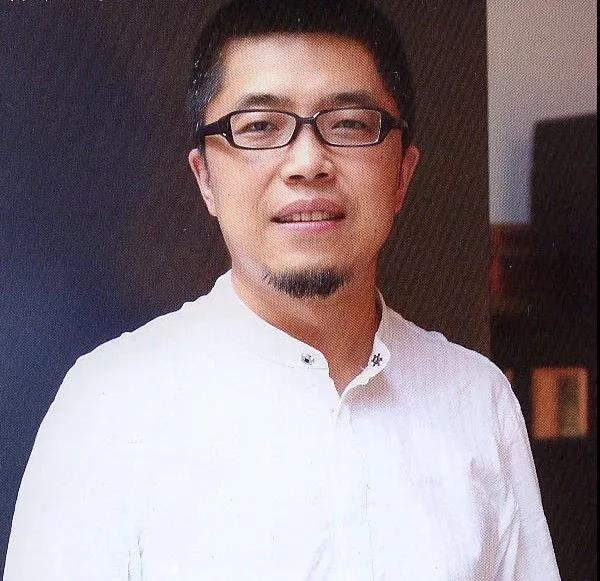
CHEN Xudong
CHEN Xudong, architect, urban culture researcher and co-founder of DAtrans Architecture Office.
Born in Xi’an, China, he studied architecture at Tongji University Shanghai and Technology University Berlin and gained Bachelor and Dipl.-Ing.. After the practice in several European architecture offices, incl. working on National Olympic Stadium Peking in cooperation with Herzog & de Meuron in Switzerland, he established DAtrans with Dr. Jie WU in 2004 in Shanghai, which focuses on the main topics of urban renewal, architecture design and cultural creation.
DAtrans successfully completed a series of important commissions such as M50, Jiangnanhui Resort West Lake, Cicheng Urban Design, Gulou Public Service Center Xuzhou, Art Deco Furniture Collection and Library of Guangdong Art Museum etc. He has also has been invited to participate in the international competitions of the well-known public projects, such as Taichung City Cultural Center, Train Station Zone Kaifeng, Extension Asplund Library Stockholm and Theme Garden Shanghai EXPO 2010 etc. and receivedan amountof prizes.
Due to the contemporary urban renewal practice and creative architectural works with cultural sensibility by DAtrans, CHEN Xudong has been invited to speak and exchange in the international institutions such as National Architecture Institute Netherlands, CIVA Brussels, Royal Ontario Museum, Robert Bosch Foundation Berlin and National Art University Tainan etc. The works of DAtrans has also been exhibited in Triennale di Milano/Milan, Battersea Power Station/London, West Bund Biennale of Architecture & Contemporary Art/Shanghai, Power Station of Art/Shanghai, China Design Show/Guanshanyue Art Museum/Shenzhen, Shenzhen-Hongkong Biennale of Urbanism and Architecture etc.
CHEN Xudong has also taught at Tongji Univesity and Shanghai Institute of Visual Arts. He held the post of consultant Development Research Center of Shanghai Municipal Government, Guest Editor World Architecture (Tsinghua University) and Jury M50 Creative Prize. He published the monograph on urban renewal Secondhand Modern and one of the most significant architectural theory book The Artless Word. Mies on the Building Art, translated by him, will be released soon. His thinking on the urban culture and architecture has been published in magazines such as Architecture+Time, Architecture Record, Domus, Abitare and Dushu worldwide.
